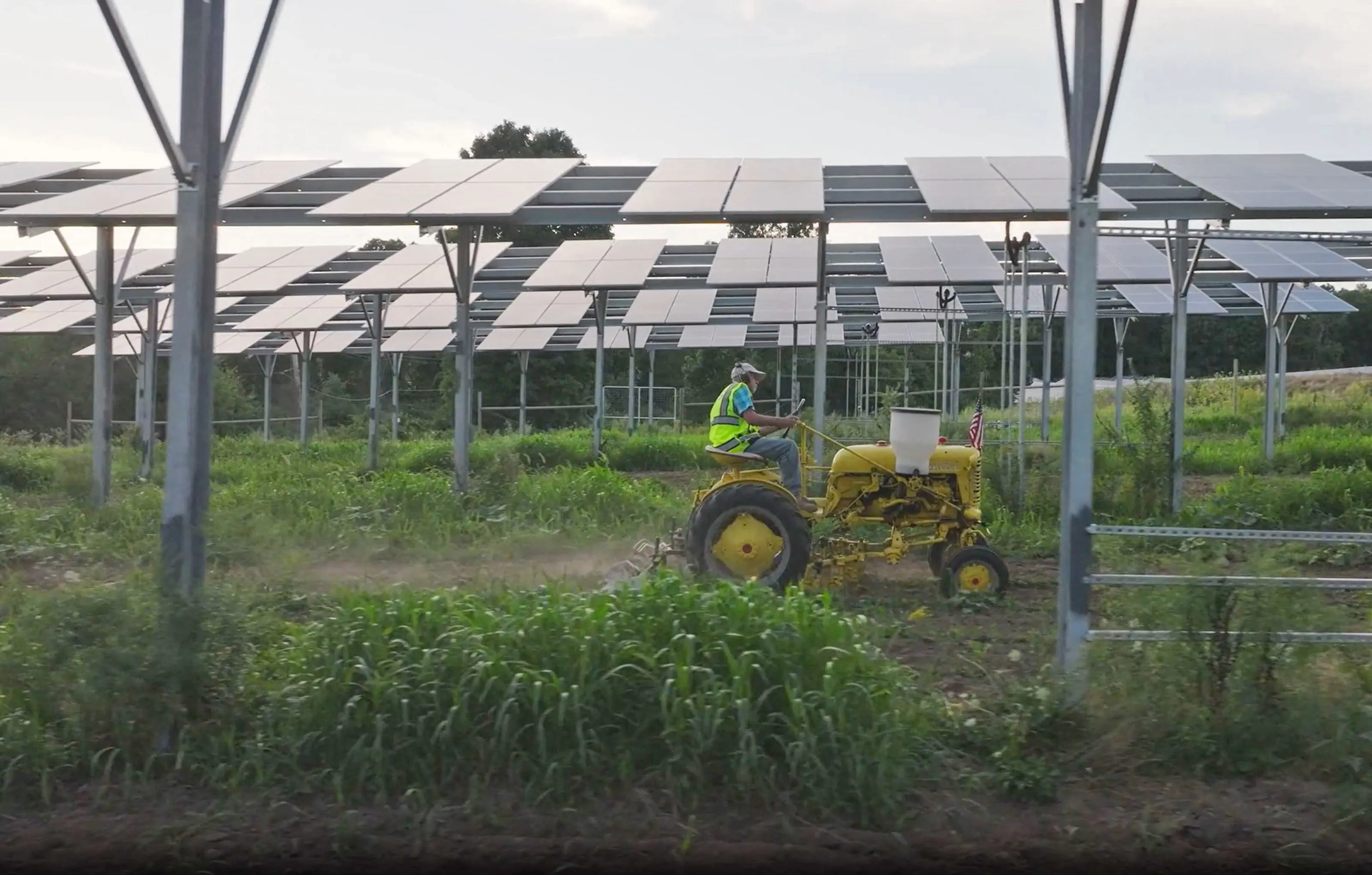The smartest chips on Earth will be useless in the dark.
Need for speed: the key to winning the AI race
To win the race with China for artificial intelligence leadership, the United States must excel on three main fronts: programming, compute (processors) and electric energy. On the first, there is arguably near parity between the two contenders; on the second, the United States still leads China in access to the most advanced chips. But regarding the third, China has a clear advantage. Its state-directed system allows China to permit and build all types of new power plants in record time. Unless America can build and bring online sufficient energy over the next five years, our other advantages may be for naught.
AI's energy demands surge amid data center expansion
Data centers and advanced manufacturing are driving an electricity boom the likes of which the U.S. hasn’t seen in a generation. Federal projections show data centers alone could triple their share of national power consumption to 12 percent by 2028. McKinsey estimates AI and cloud infrastructure will need an extra 450 TWh this decade, about the same amount that Texas consumes in a year.
America is not short on potential projects: roughly 2,600 gigawatts are waiting in the queue to connect to the grid; that is double our current generation fleet. The problem is the time it takes to get a project permitted, financed, and built. A new hyperscale data center can be online in two years but a new gas power plant, including the delay in getting new turbines, is at least five. Building a new nuclear plant with existing technology is cost prohibitive and advanced technology nuclear plants will likely not be available at scale for another decade. However, through the end of this decade increased electricity demand will require approximately 400 GW of new power plants according to Bloomberg New Energy Finance. All the gas and nuclear projects now proposed, roughly 90 GW combined, cover only a quarter of that requirement. Meanwhile, gas turbine equipment lead times have stretched to five years and prices have more than doubled. Delaying coal retirements and restarting shuttered power plants will be a fast path to power but it also won’t be enough to bridge the gap.
Growth in demand requires speed of execution
Meeting the growth in demand requires speed of execution. Last year 92 percent of newly installed U.S. power plants were wind, solar and batteries; this year the share is similar. These resources can be online in as little as 12-18 months. They also deliver competitive pricing and lock in 20-year price stability because there is no variable fuel cost — a hedge against inflation. There can be no energy dominance in the next five years without renewables.
Yet, renewables alone cannot meet this growth. Existing nuclear and efficient combined-cycle gas turbines anchor baseload, while fast‑ramping gas turbines and batteries cover peaks. Additionally, adding batteries and new technologies, such as dynamic line rating, can make better use of our existing transmission network, at times adding as much as 50% or more of energy load. Batteries are particularly important as we add more renewables on the grid by increasing its resiliency and adding power to hours of peak load when the sun is not shining. They can even help gas plants operate at maximum load by smoothing demand swings, unlocking a massive amount of generating capacity as many operate at only 20% or less of capacity. For America to fuel the AI race, we need an all-of-the-above strategy: renewables for speed and price, gas and nuclear for round‑the‑clock reliability, and batteries to smooth them together. We cannot wait until 2030 for fleets of new reactors or gas plants to come online or we will cede AI dominance to nations that act faster.
China's accelerated energy infrastructure development
Whether this all‑of‑the‑above build‑out materializes in time now depends on smart policy and business certainty to unlock private capital, shorten timelines, and turn shovel-ready projects into delivered power. Congress should preserve previously passed energy investment tax incentives, which stimulate private capital, reduce consumer bills, and are essential to winning the AI race. Analysis by NERA Economic Consulting finds retaining these credits prevents a near 10 percent jump in nationwide power prices for consumers by 2029. Efforts to block tax incentives for power equipment with any ties to foreign adversaries like China may aim to protect national interests, but they overlook a key reality: much of today’s power infrastructure relies on subcomponents or critical materials that pass through China at some point in the supply chain. AES and many other energy companies have taken significant measures to move supply chains away from China and to the U.S. where the vast majority of our equipment is now being manufactured, but more time is needed before supply chains can achieve full independence from Chinese subcomponents or critical minerals. Broad restrictions will delay or prevent the energy buildout needed to power the AI economy.
U.S. faces regulatory hurdles in energy project deployment
AES has already contracted more than 10 GW of new power contracts for datacenter clients, more than any other company, and is investing billions in new power infrastructure. Many others stand ready to do the same. But for industry to act, we need business certainty before making decades long infrastructure investments. Aggressive incentive phaseouts and shifting policy every election cycle will undermine our ability to achieve energy dominance and build out the US supply chain. Instead, industry requires reasonable phaseout timelines and stable policy to invest. Equally urgent is permitting reform: firm deadlines, clear jurisdiction, and concurrent reviews can shave years off project timelines without sacrificing environmental rigor.
China is mobilizing state resources to electrify its AI ambitions. America must answer once again with speed, innovation, and market discipline. If we act now, we can power the next digital revolution with homegrown electrons, secure our economic future, and keep the lights, and the servers, on. Delay, and the smartest chips on Earth will be useless in the dark.
In the age of artificial intelligence, energy security is national security. Over the next five years let's prioritize building as much new power as is possible with the existing technologies that are available and cost effective. The price of choosing winners and losers on any other basis, puts at risk America winning the most consequential race of our time and maybe of all time.

